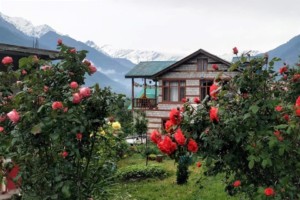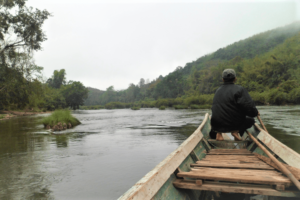From New Delhi to Leh on the old Hindustan-Tibet Road
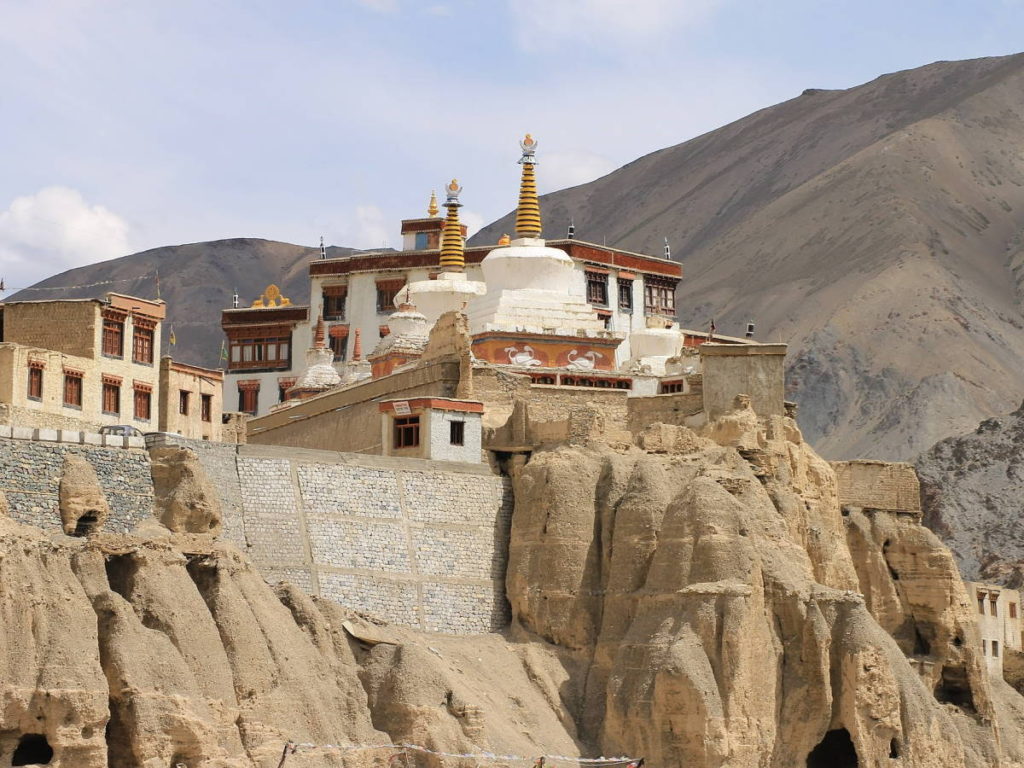
After not being able to travel for two and a half years, in June this year I was fortunate to go on a 23-day tour from Delhi to Ladakh via the old Hindustan-Tibet Road.
The road, which the British Raj built in 1850, is still considered ‘off the beaten track’ by travellers, despite the magnificent views it offers and the wonderful places it passes through.
This prospect was very appealing to me. So, for the first time in my life, I booked a group tour. This, I thought, would be the easiest and most efficient way to travel the region.

The inside track
Dr Rieki Crins is the founder of the Learning Exchange Foundation, The Netherlands, and of the Bongde Institute of Hospitality and Tourism, Bhutan.
I was very much looking forward to this trip. I had never been to the Western Himalayas, whereas the Eastern Himalayas, Bhutan, Sikkim, and West Bengal are very familiar territories to me.
To join the tour, my travel companions and I flew from Amsterdam to India’s capital New Delhi. The flight was fully booked. We flew a Middle Eastern airline since European carriers had reduced their flights due to all kinds of post-COVID troubles.
Don’t miss other “GT” Travel Experiences tagged “Organised travel”
In Delhi there were hardly any tourists. A rickshaw driver told me that I was his first foreign client in more than two years.
I just loved being in Delhi again after four years. The city had become much greener, although there were still many people living in the streets (always a difficult sight).
We took the train to Chandigarh where a bus was waiting for the 12 of us.
Our first stop was the hill station Shimla. I was very keen to visit this town, having read so many books about it and its significance during the Raj.
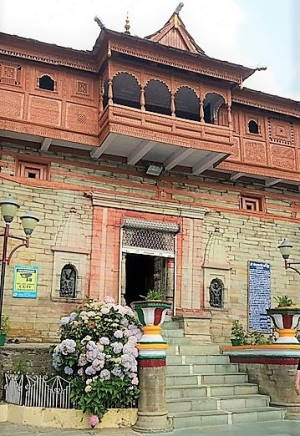
I have been to Darjeeling many times, so I can say that, by comparison, Shimla was very crowded. Unfortunately, Shimla’s hill station atmosphere has been lost amid the many new holiday apartments that wealthy Indians from the cities have built, and the fact that it is now the summer capital of Himachal Pradesh.
After Shimla we followed the Hindustan-Tibet Road to the villages of Sarahan and Rampur. The road was busy with traffic.
Sarahan and Rampur both boast ancient Hindu temples made of wood. They reminded me of the Kathmandu Valley in Nepal. It seems that there is a connection between the Marwari woodworkers there and those in this part of India.
Rampur is also where a Raja built his palace. This also features the woodwork that is so typical of the region.
It was wonderful in these places. Our group were the only foreign tourists in the area. It was so easy to engage with the people; Indian tourists and locals alike.
Our tour continued on to the lesser-known valleys of Kinnaur and Sangla in the mighty Himalayas. Both are so green and beautiful.
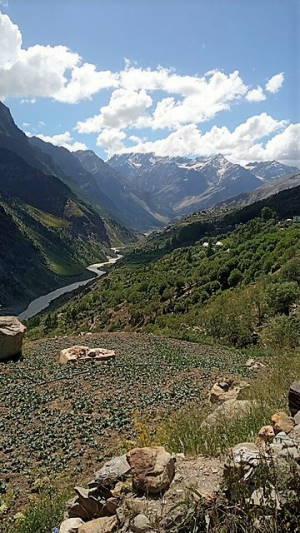
In Kalpa, a small village in Himachal Pradesh, two group members became very sick with flu-like symptoms. The tour leader suggested that it was best that we all take COVID tests. The two symptomatic people tested positive. Unfortunately, so did I and another asymptomatic group member.
We faced a dilemma.
If we went to see a doctor, the whole group would be required to go into quarantine in a State facility, which, in this remote area, was very basic; almost like a jail.
We did not want to do this, so we (the COVID-positive) decided to find a hotel to ourselves and spend five days in quarantine. There was a nice hotel outside town that was empty; where we could stay without jeopardising other people.
The four of us recovered very well and got a good rest.
To catch up with our tour group we drove from Kalpa to Manali, and from Manali to Keylong. This route provided the most beautiful views of the whole trip.
This part of India has hardly changed, although sadly Manali has become kind of a hippy place with many foreign tourists seeking ‘enlightenment’.
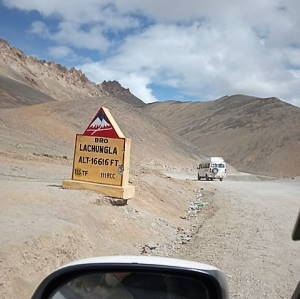
From Keylong we crossed state lines into Ladakh, through passes of up to 5,500 metres in altitude. And we stayed a night in a very basic tented camp at 4,000 metres.
Closer to Leh, the capital of Ladakh, we observed more tourists; mainly Indians on motorcycles. Motorcycle tourism, local as well as foreign, is big business in Ladakh.
Ladakh’s landscape is very barren, almost like the moon. (At least that’s how I would picture the moon.) After a while I noticed how much I missed the lush green mountains of Himachal Pradesh.
Nevertheless, Leh is a charming town. It is basically Tibetan in its architecture. Leh also has a profound Muslim influence because it is part of Jammu and Kashmir.

Ladakh’s ancient Buddhist temples are very beautiful with their old paintings. If you are interested in Buddhism, it is a worthwhile visit.
Regarding our tour, I can say that we used only local services: Local transport, local drivers, and even the food offered on the tour was simple and flavourful local fare.
Unfortunately the travel agency had booked the cheapest accommodation available. The “hotels” were locally-owned too, but they were often dirty and less than basic.
Given the prices that we paid, there were many better alternatives in the destinations we visited. It seemed someone was making good money from us and it was not the owners of the accommodation.
With so much local content, and our primary land transport being bus, only our long-haul flights, and the flight from Leh back to Delhi, could be considered ‘unsustainable’.
We dutifully offset the carbon emissions of our long-haul sectors. Honestly, though, I do not know if this works.
It was a joy to visit this part of India. It was like a trip into the past. I realise that many places in India have hardly changed in the last 30 years. If you venture off the beaten track you will find gems and an authentic world.
Also see Rieki Crins’ contributions to The “Good Tourism” Blog
Many other places that I have visited over the past 30 years have become ‘tourist traps’. Sometimes I feel that I have left a path of destruction simply by visiting them.
The many islands that I visited in Thailand 30 years ago, for example, have changed from sustainable paradises into concrete tourist traps.
If you are a bit brave and creative, there is still a whole new world to ‘discover’.
Where is this?
The featured image at the top of the post is of Lamayuru Monastery as taken from the road (by Meridius27 (CC BY-SA 3.0) via Wikimedia Commons). Rieki has nominated the Lamayuru Monastery as an appropriate place to pin this “GT” Travel Experience on the “GT” Travel map. She identified the old Buddhist cloister in Ladakh as one of the very memorable stops on her tour from New Delhi to Leh.


